-
6012 meters (19,724 feet)
-
Annapurna
-
Kathmandu Airport to Kathmandu
-
Difficult
-
Three-Star to Five-Star Hotels (Kathmandu), tea houses/lodge/camp during the climb
-
Spring (March to May) and Autumn (September to November)
-
4 to 7 Hours Per Day
-
1-12 People Per Group (Option for Private Tour is available)
-
Jeep and Flight
-
Mt. Dhaulagiri (8167 meters), Mt. Annapurna I (8091 meters), II (7937 meters), III (7555 meters), IV (7525 meters), Tilicho Peak (7134 meters), Tukuche (6920 meters), and Nilgiri.
Overview
Dhampus Peak Climbing is one of the easy trekking summit destinations in Nepal. Dhampus Peak stands at an elevation of 6012 meters and is one of the popular peaks in the Annapurna region. Dhampus Peak is also known as Thapa Peak that towers among the glorious Himalayan trail. The mountain stands between the Dhaulagiri and Annapurna Range.
Dhampus Peak Climbing is best suited for adventurers seeking a smooth summit experience. Dhampus Peak is an easy and less technical peak suitable even for beginners and climbers with less or no climbing experience.
The majestic panoramic view of Mt. Annapurna I (8091 meters), Mt. Annapurna II (7937 meters), Mt. Manaslu (8156 meters), Mt. Annapurna IV (7525 meters), Gangapurna (7455 meters), Mt. Dhaulagiri (8167 meters), Tukuche Peak (6920 meters), Nilgiri, and Tilicho Peak (7134 meters) will remain in your heart for the lifetime. This adventure will take you through varying vegetation, topography, and ecosystem, along with the cultural excursion and scenic beauty of the mountain ranges.
The Dhampus Peak Climb starts from Jomsom after a 35 minutes flight from Pokhara. You will trek to Yak Kharka on the first day of your official climb. You will see many pastures filled with grazing local animals. You will take a day rest at Yak Kharka to let your body acclimatize to the changing environment.
From Yak Kharka, the trail is uneven and rugged. The path follows the Kaligandaki River. You will experience varying landscapes and Gurung cultures along the way. Walk along the green meadows that lead up to a barren topography.
From here, you will climb up to Dhampus Peak Base Camp. This site offers the best view of the Dhaulagiri range. You will continue along the trail that will lead to the Hidden Valley. The Shringi Himal surrounds the hidden valley to the North, Ganesh Himal to the South, Boudha Himal and Himal Chuli to the West.
After a day of acclimatization, you will climb up to High Camp. Finally, you will begin early before sunrise to reach Dhampus Peak. You will view the best sunrise of your life standing tall at 6012 meters.
After a successful climb, you will head down to Dhampus Peak Base Camp and make your way to Yak Kharka passing by the world’s deepest gorge – Kali Gandaki Gorge. Further, you will trek to reach Marpha – the Apple Garden, where you will get to know the lifestyle of the monks and Gurungs community.
Finally, you will reach Jomsom, where you will experience Tibetan culture. You will board a morning flight back to Pokhara from Jomsom and celebrate your successful journey. The next day, you will drive back to Kathmandu and take a day off the next day and prepare yourself to return to your homeland. On the 16th day, you will board a flight back home with wonderful memories to cherish for a lifetime.
The best season for Dhampus Peak Climbing is during Spring (March, April, May) and Autumn (September, October, November). During these two seasons, the weather remains clear and increases the chances of getting the best view of the mountain ranges.
Short Introduction of Dhampus Peak Climbing
Dhampus Peak, also known as Thapa Peak, is one of the famous trekking peaks of Nepal lying in the Annapurna region. The mountain stands in Kathmandu’s northeast side and towers at 6012 meters (19,724 feet). The peak lies in between the Dhaulagiri and Annapurna ranges.
Dhampus Peak Climbing offers the scenic beauty of a variety of landscapes, vegetation, and mountain peaks. Overall, Dhampus Peak Climbing is a combination of a relatively easier summiting experience filled with cultural excursion and gratifying beauty of the Himalayas.
Is Dhampus Peak Climb Right For You?
- The weather conditions in the mountain region can be unpredictable. They can affect the itinerary in terms of the number of days. Customer safety is our top priority. Thus, the package may lengthen in case of harsh weather conditions during the summit. So make sure you plan the time of the year carefully. The scenery and conditions may vary depending on the season you choose to go on this expedition.
- For about a week, you will have to walk continuously for 5 to 7 hours per day, excluding the climb itself. So it is better that you prepare yourself physically and mentally for the challenge. Do some exercises to increase your stamina and strength before you come to Nepal for your climb. Also, it will be a plus if you engage yourself in climbing exercises prior to this expedition.
- Dhampus Peak rests at 6012 meters/19,724ft. This climb is technically straightforward but will test your stamina, endurance, and strength. The adventure may be particularly tricky for those with low fitness levels or no previous summiting experience. So keep in check that your body can meet the fitness level required for the climb.
- This journey includes around nine overnight stays over 3000 meters. The thinning air pressure may increase the risk of developing AMS (Acute Mountain Sickness). You may encounter shortness of breath and mild headaches during your stay or climb. Your guide will make sure to lead you according to your natural pace. Walk slowly to let your body adjust to the thinning air.
- Our guides and Sherpas are well trained and experienced in handling emergencies. They also carry first aid, including some emergency medicines, to help you in the time of difficulty. In extreme cases where you need emergency evacuation from any spot, we will rescue you via helicopter.
- We recommend that you keep yourself active and fit to decrease the risk of fatality. Make sure that you are physically fit and psychologically motivated to take the climb before booking the trip. If you are unsure about your conditions, you should seek medical advice.
Dhampus Peak Climbing – Outline Itinerary
| Day | Itinerary | Altitude | Duration |
|---|---|---|---|
| 1 | Arrival At Tribhuvan International Airport (Kathmandu) and Transfer to Hotel | 1,400 meter | - |
| 2 | Sightseeing At Kathmandu and Preparation for the Climb | 1400 meter | - |
| 3 | Drive From Kathmandu To Pokhara | 820 meters/2690 feet | 5 to 6 hours |
| 4 | Morning Flight To Jomsom And Trek To Yak Kharka | 3680 meters/12,073 feet | 5 to 6 hours |
| 5 | Rest And Acclimatization Day At Yak Kharka | 3680 meters/12,073 feet | - |
| 6 | Trek From Yak Kharka To Dhampus Base Camp | 5100 meters/16,732 feet | 5 to 6 hours |
| 7 | Rest And Acclimatization At Dhampus Peak Base Camp | 5100 meters/16,732 feet | - |
| 8 | Dhampus Peak Base Camp To High Camp | 5600 meters/18,373 feet | 3 to 4 hours |
| 9 | Summit Dhampus Peak And Trek Back To Base Camp | 6012 meters at Dhampus peak | 8 to 9 hours |
| 10 | Contingency Day | - | - |
| 11 | Trek From Dhampus Peak Base Camp To Yak Kharka | 3680 meters/12,073 feet | 4 to 5 hours |
| 12 | Trek From Yak Kharka To Jomsom | 2670 meters/8760 feet | 5 to 6 hours |
| 13 | Morning Flight From Jomsom To Pokhara | 827 meters/2713 feet | 35 minutes |
| 14 | Drive Back To Kathmandu From Pokhara | 1400 meters/4593 feet | 5 to 6 hours |
| 15 | Leisure Day At Kathmandu | 1400 meters/4593 feet | - |
| 16 | Final Departure From Tribhuvan International Airport | 1400 meters/4593 feet | - |
Why You Will Love Dhampus Peak Climbing
- Dhampus Peak also known as Thapa Peak extends to a height of 6012 meters/ 19,724 feet
- This expedition is an easy trekking peak located in the world-famous Annapurna & Dhaulagiri Himalayan Ranges.
- A crossing of two major high alpine passes French Pass at 5360 meters(17585 ft) & Dhampus Pass at 5200 meters(17,060 ft)
- Dhampus Peak Climbing allows exploring the trails of the Dhaulagiri Circuit
- Dhampus peak expedition offers an excellent view of Annapurna I (8091 m), II (7937 m), III (7555), IV (7525 m)
- The sight of Annapurna South (7219 m), Nilgiri Peak, and Tilicho Peak (7134 m) is the major attraction of Dhampus Peak Climbing.
- Easy peak to get introduced to alpine skills
- Dhampus Peak lies above the Hidden Valley
- Journey through high green hills, rocky trails, green meadows, mountain deserts, rhododendron forests, Yak grazing land, etc.
- Stay in beautiful villages and surround yourself with Gurung ethnicity and lifestyle
- Get acquainted with Buddhist tradition

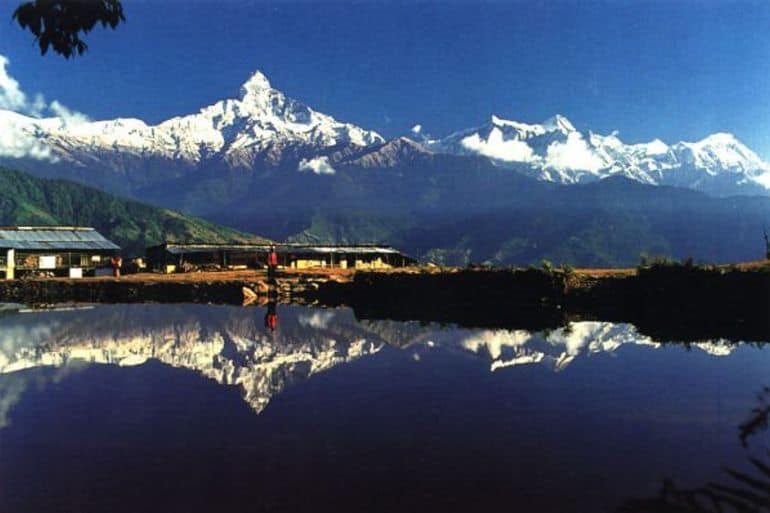
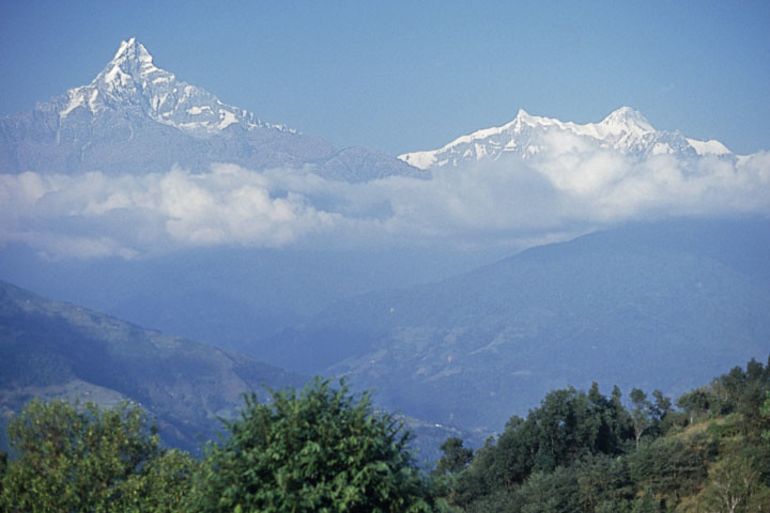
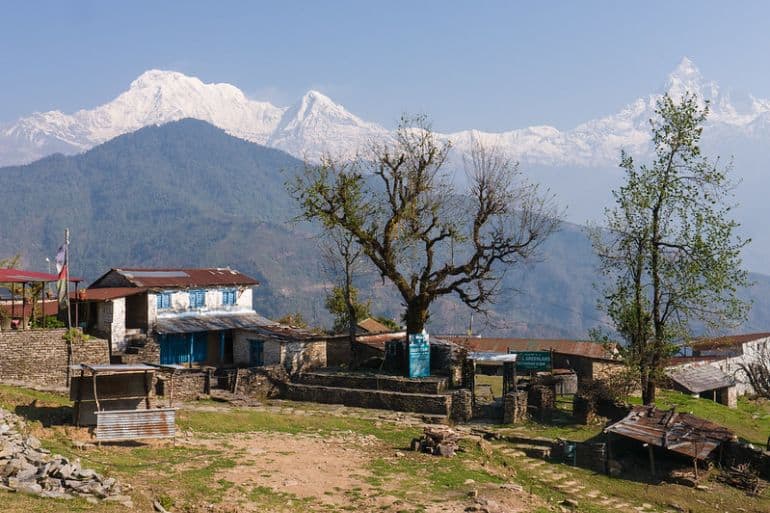
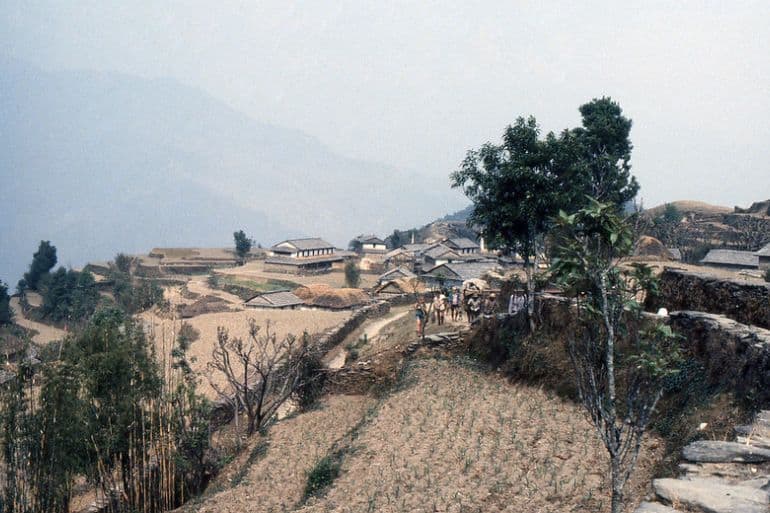
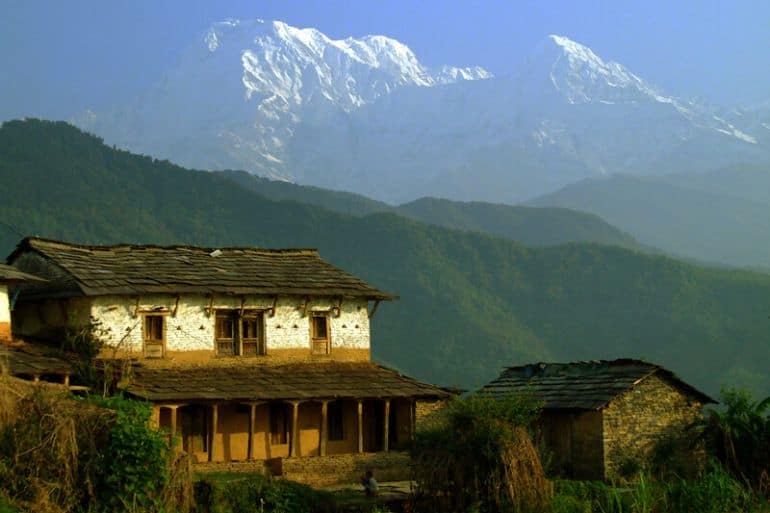
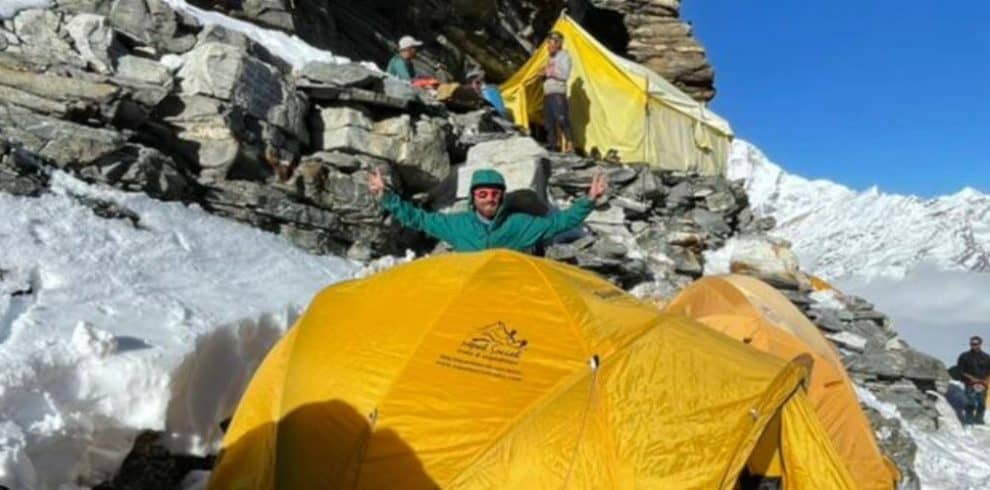
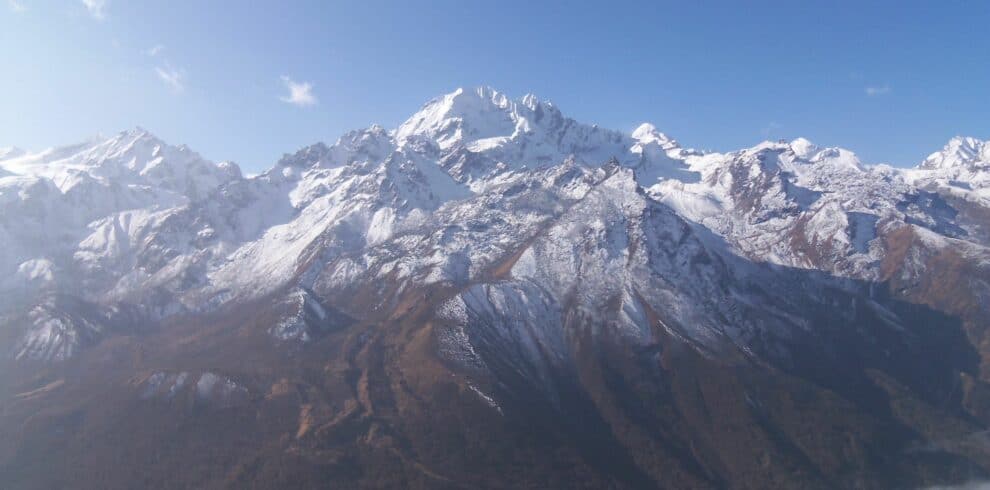

Write a Review